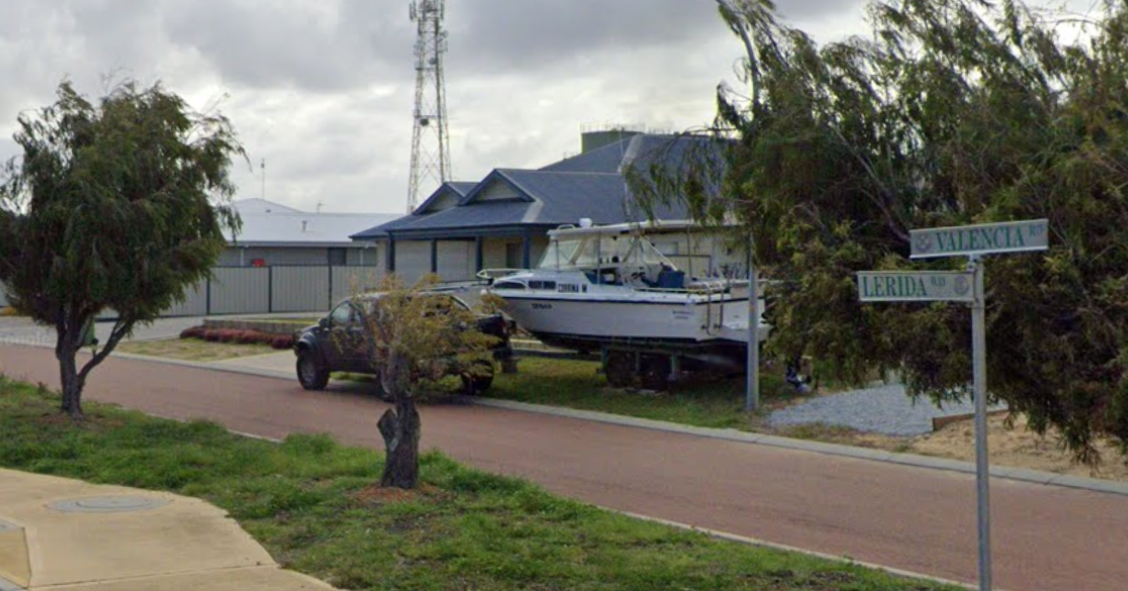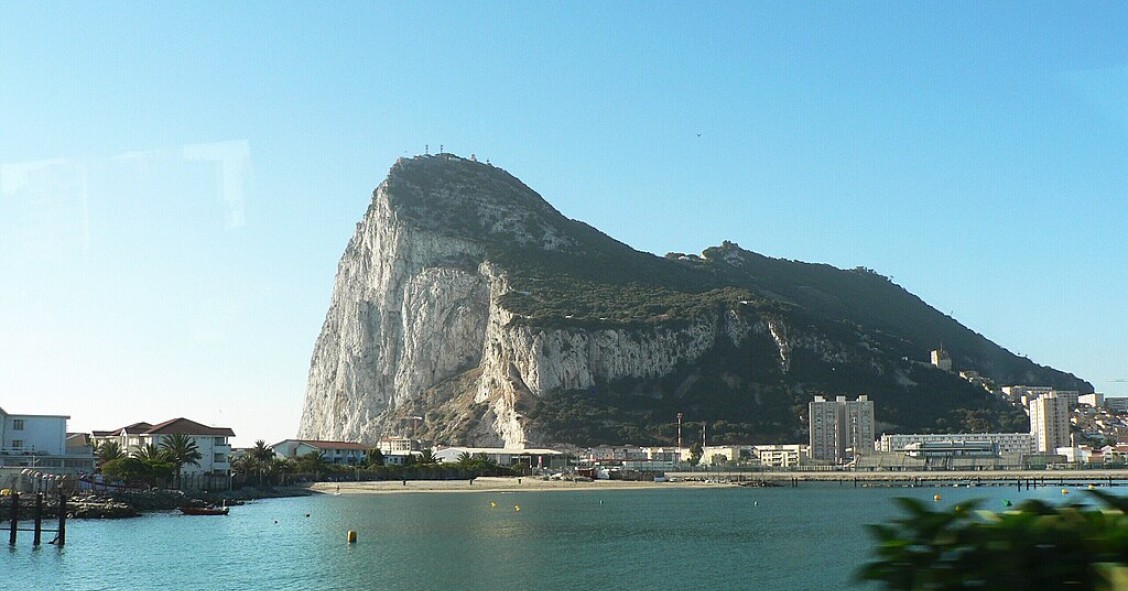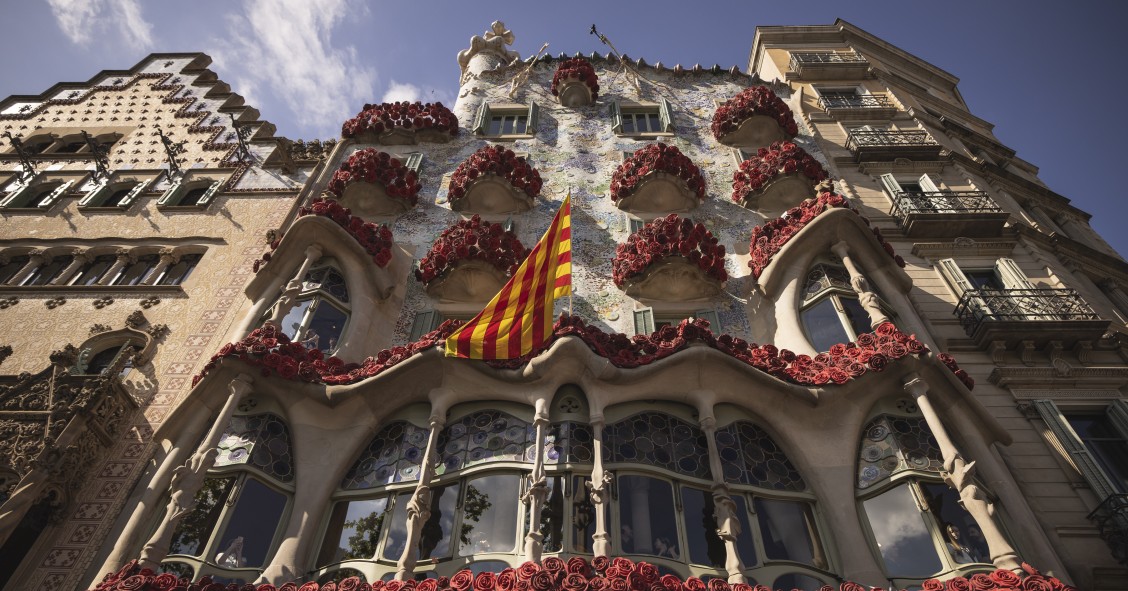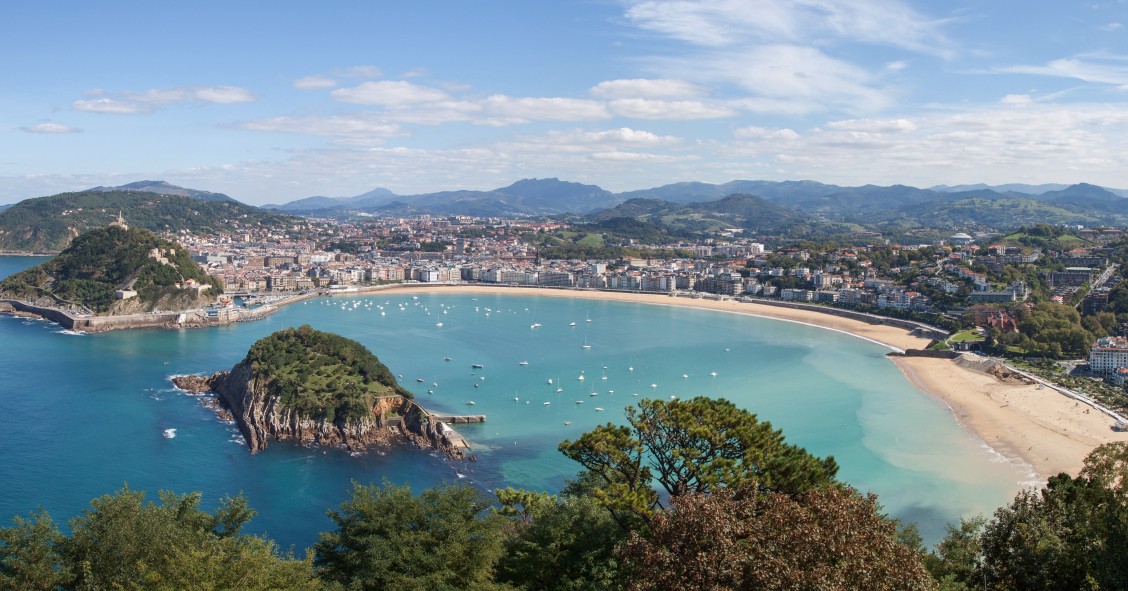
For anyone searching for the best place to live in Spain for LGBTQ+ newcomers, International Living points to four places, picked for their balance of safety, services and a sense of belonging. Spain is broadly welcoming, the laws are solid, and the big cities and beach towns tend to be open.
Progress and protections in Spain

Spain pairs everyday inclusion with firm legal ground. Marriage and adoption have been legal since 2005, and the 2023 LGBTI and Trans law enables people aged 16+ to change their legal gender without medical or psychological steps.
Independent polling echoes the social reality: a 2021 YouGov study found 91% of Spaniards would support a gay or bisexual family member, and 87% would support a trans or non‑binary family member. This was the highest acceptance level among the eight countries surveyed, which included the UK, Italy and Germany.
At the European level, ILGA‑Europe’s 2025 Rainbow Map tracks legal equality, assessing areas such as non‑discrimination, family rights and gender recognition. Spain ranks fifth in Europe with a score evolution of 77.97%, and the European average at just 41.85%.
However, it isn’t perfect, and the numbers show where work remains. A considerable percentage of LGBTI people in Spain have experienced physical or sexual violence in the past five years, and many are at risk of poverty.
Best places to live as an LGBTQ+ expat according to International Living
International Living picked the top four best places in Spain for LGBTQ‑friendly living. Expect open affection in city centres, rainbow‑bright festivals, and a broad sense that your personal life isn’t newsworthy.
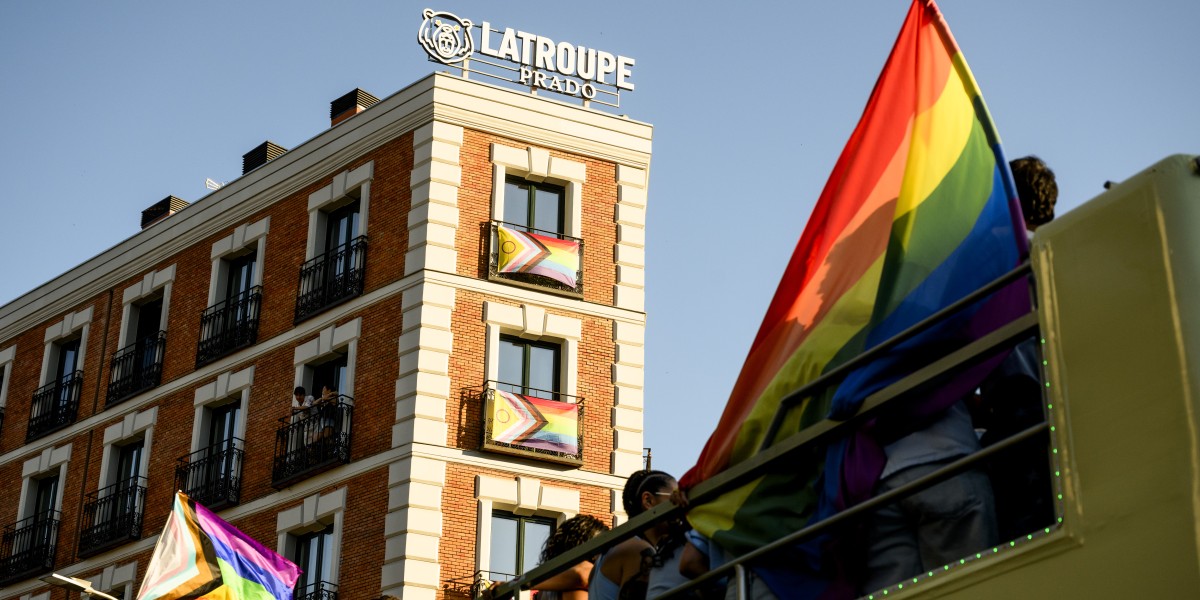
Madrid
Spain’s capital has the largest and most visible LGBTQ community in the country, with Pride (MADO) one of Europe’s largest Pride. The community is anchored by the neighbourhood of Chueca, an inner‑city barrio that blossomed in the late 80s and 90s into Madrid’s queer heart. It's home to lots of independent bars, bookshops and a rainbow‑striped Metro sign. There are community groups such as COGAM and Arcópoli, trans‑affirming care, plus plenty of mixed venues where you won’t feel pigeonholed.
The central belt is lively and walkable. Head north‑west for calmer, residential zones with good parks and bigger flats, or south and south‑east for better value and quick Metro hops into the centre. It’s a competitive rental market near the hotspots, and contracts can take a while to finalise, so factor in extra time and paperwork.
Torremolinos
Torremolinos is sun‑drenched and social, with an LGBTQ history that stretches back decades. The town boomed in the 1960s as a jet‑set resort and saw a 1971 police crackdown that many locals cite as a spark for Spain’s modern LGBTQ+ movement.
Today, it’s an easygoing hub with a Pride week that draws big crowds in early summer. Bars and clubs cluster around La Nogalera, while La Carihuela and Bajondillo serve up long promenades, beach lunches and flats with terraces. It’s friendlier on the pocket than Sitges, widely international, and minutes from Málaga city and the airport.
Expect late nights in the centre and quieter living up the hill, where views improve. Long‑term deals are common once the summer season winds down, and English is widely spoken, though a bit of Spanish smooths everyday life.
- Property for sale in Torremolinos
- Long-term rentals in Torremolinos
- LGBT-friendly rooms for rent in Torremolinos
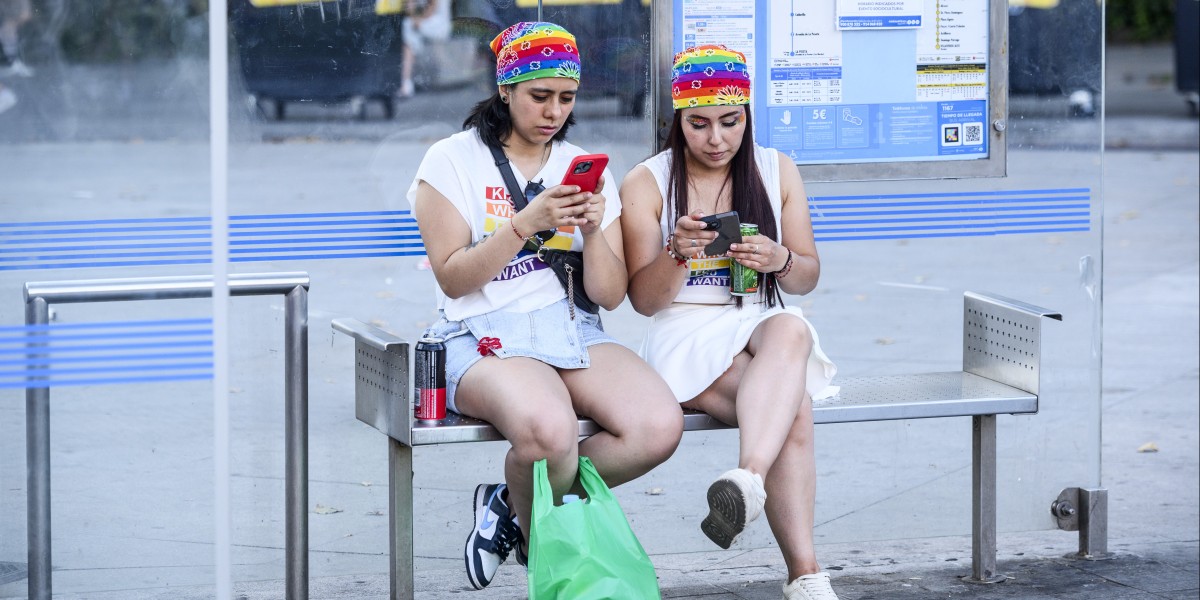
Sitges
Sitges is a compact coastal town with a long tradition of welcome, shaped by its bohemian turn in the late 19th century and a discreet refuge vibe during the dictatorship. Today, it reads as quietly confident rather than showy, with Catalan alongside Spanish in daily life and fast trains to Barcelona in roughly 35–45 minutes.
Sandy Blue Flag beaches ring the bay. The central stretch at Bassa Rodona is the go‑to queer spot, Balmins is clothing‑optional, and Platja de l’Home Mort is a classic Spanish nudist beach if you don’t mind the walk. The calendar is busy beyond summer: Carnival brightens late winter, Sitges Pride lands in June, Bears Week draws a global crowd in September, and the International Film Festival brings an autumn buzz.
The centre is lively and walkable but pricey. Head a few blocks inland into Poble Sec and the surroundings for quieter streets and better value. Expect clear seasonality—rents and availability tighten from late spring through early autumn—so long‑term contracts are easiest to secure outside peak months.
Barcelona
Barcelona blends city buzz with beaches and a tight‑knit community anchored around Eixample and the LGBTQI+ Centre in Sant Antoni. In 1977, just two years after the dictatorship ended, thousands marched along La Rambla in Spain’s first major gay rights demonstration. Through the 1990s and 2000s, Eixample, or Gaixample, took shape, while cultural symbols rooted themselves in the cityscape.
The seaside pulls many toward Barceloneta and Poblenou for morning swims and long lunches, while El Born works well for car‑free living and café culture. Catalan is widely present; being mindful of language and local identity goes down well. Housing demand rises in summer and around major events, so expect some seasonality in rents.
- Property for sale in Barcelona
- Long-term rentals in Barcelona
- LGBT-friendly rooms for rent in Barcelona
Stay in the know about living in Spain as a foreigner—get our weekly newsletter for the latest travel, legal, and lifestyle news.

